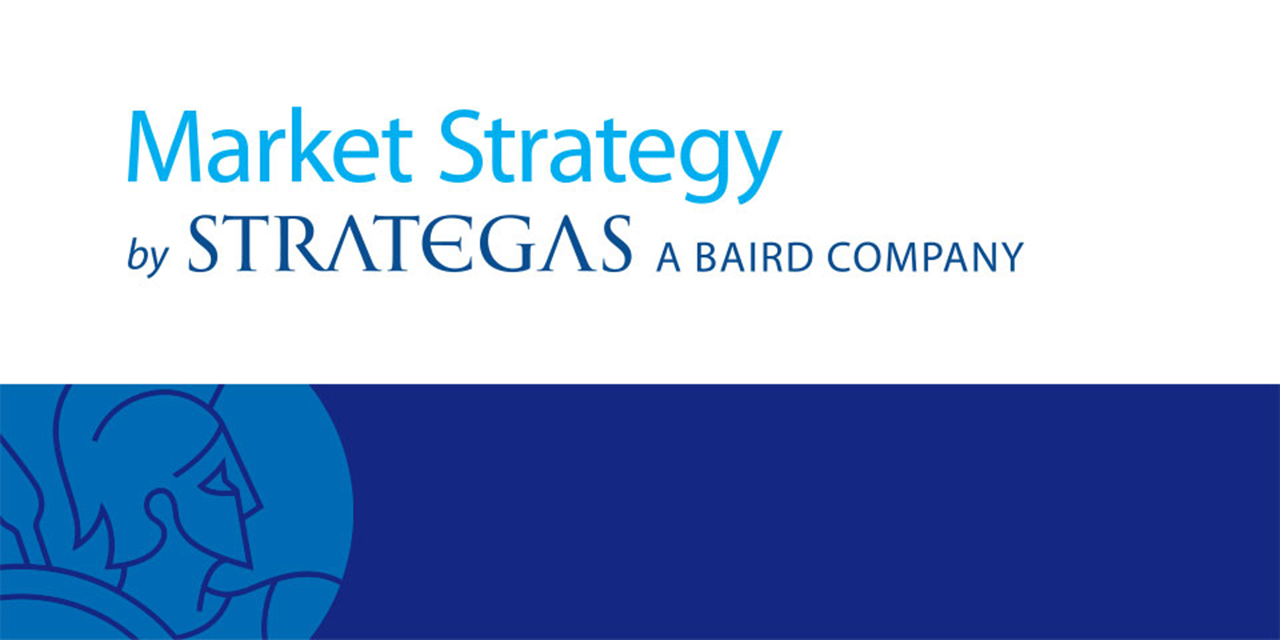
Getting Ahead of the Curve
In December 2008, on the heels of the Great Recession, the Federal Reserve attempted to stave off deflation by lowering interest rates to near 0%. It took seven years before the Fed would raise rates again, but now – eight rate hikes later with more seemingly on the way – most economists agree we’re in a rising rate environment.


